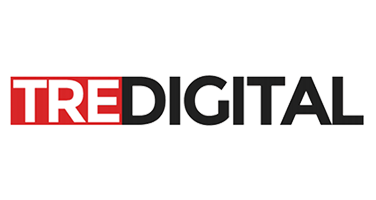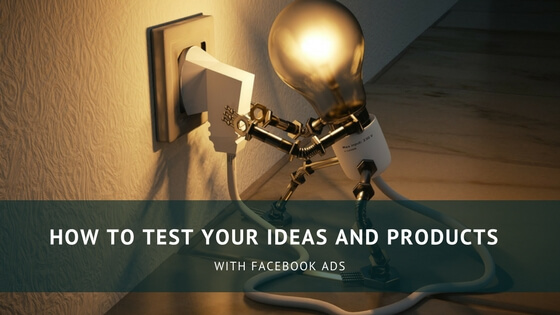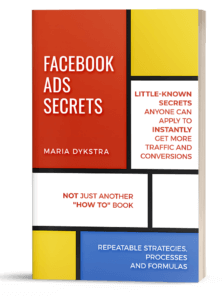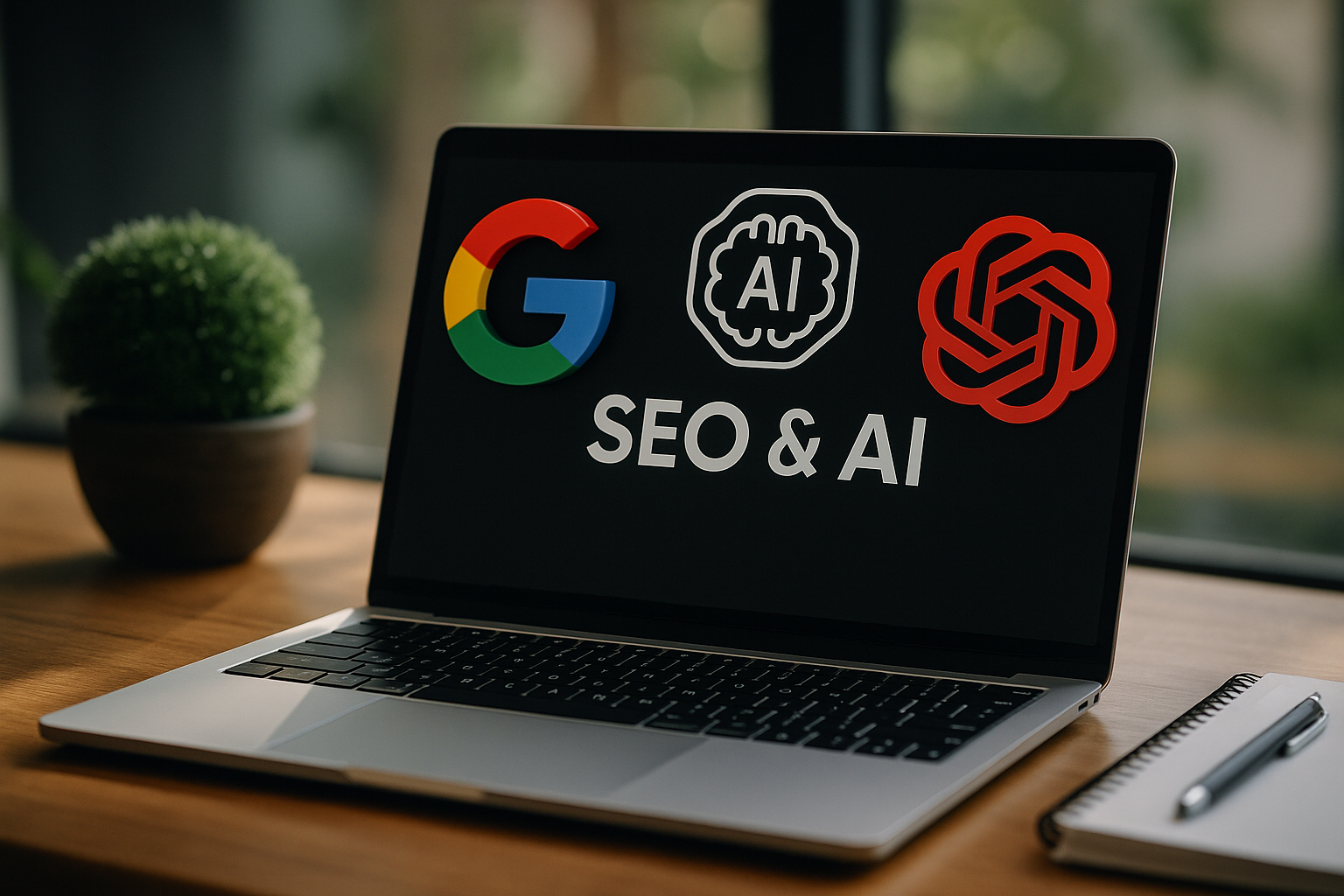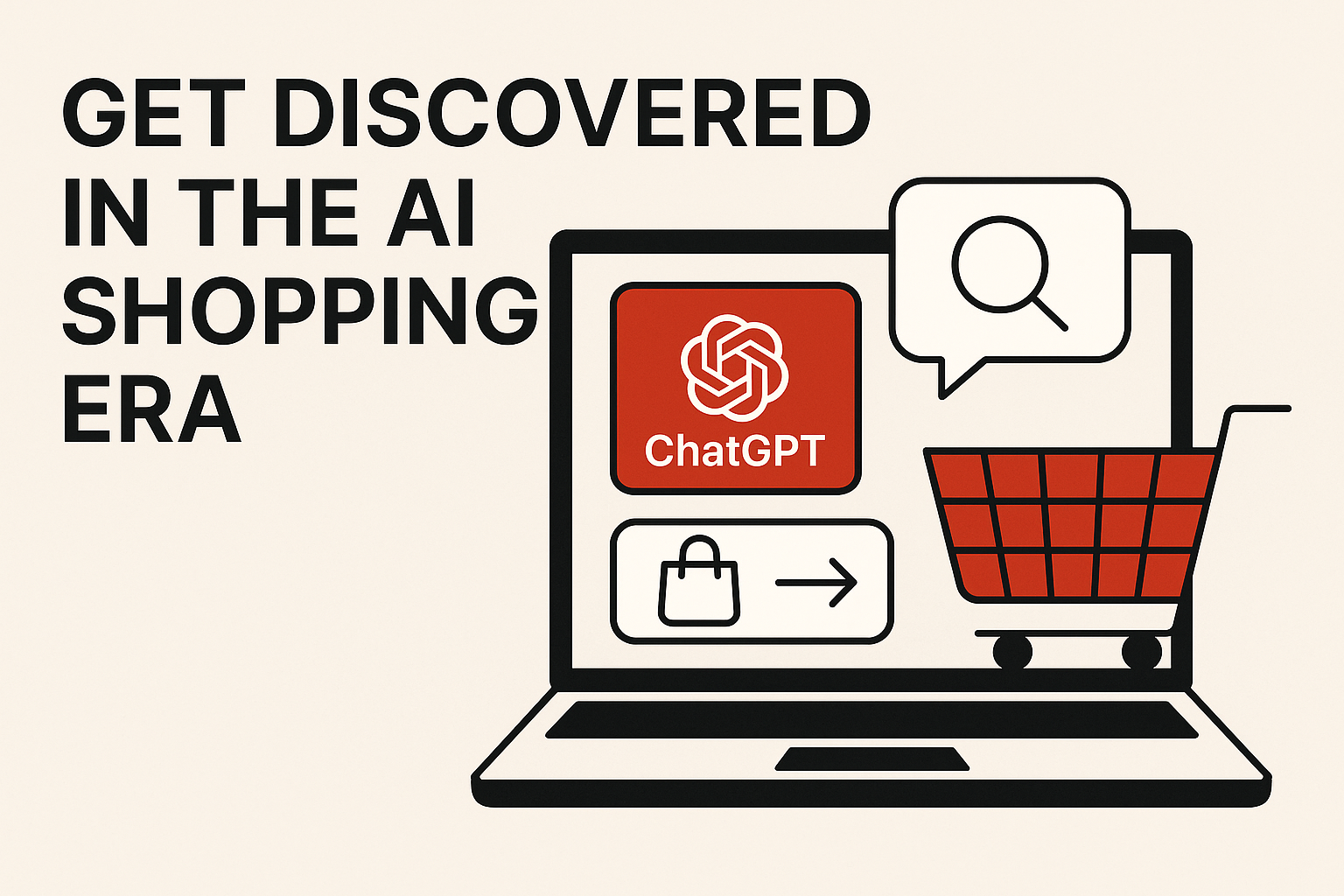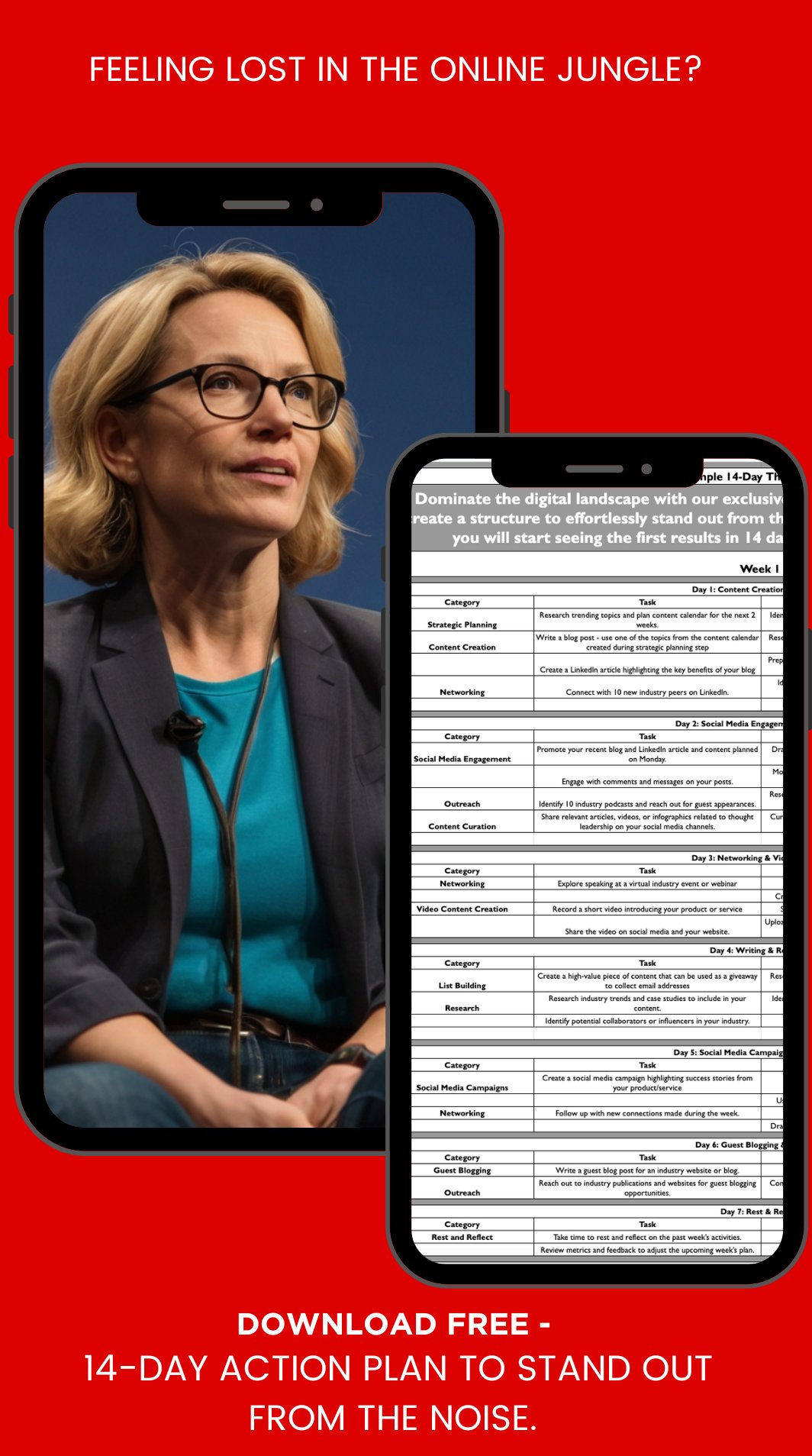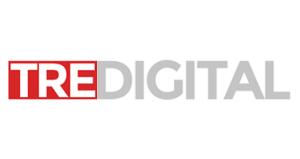When you introduce a new product to the market, you can never be sure if it is going to work.
Even testing it with your friends, family, and closed beta users does not guarantee that the “cold” audience will respond to your product.
(Sorry for the bad news, but your spouse buying your product is not a signal of the long-term success).
One of the mistakes business owners make is skipping additional testing and going right after scaling their product. They spend months creating the product just to find out that nobody wants it in the end.
Another mistake is to assume that your audience will buy the product right away. If you operate under this assumption, you may abandon your marketing efforts prematurely.
A low-cost Facebook Ad campaign can save you a lot of time and money in the long run. Follow these simple phases to test your idea and your message.
An added benefit of the gradual approach described below is building momentum for the actual launch.
(Note: If you have never run Facebook ads please read this Facebook 101 article first).
Table of Contents
Toggle1 – Test Your Audience with Facebook Ads
The first question you will need to answer:
Can I get people interested in my idea?
To execute this Facebook Ads test you will need a short (under 1 min) video explaining your idea.
It does not have to be a professionally produced one. There are plenty of video creation tools that can help you create compelling starter videos in just a few hours.
Now you are ready to create your first Facebook campaign:
Select Engagement as your primary campaign goals.
At this stage, you are not concerned with traffic to the site or conversions. You are looking for answers to the following questions:
Who are the right people for my idea?
Select different audiences based on age, gender, geography, interests. Create 3-5 different audience options (aim for 100k in the initial audience size – Facebook will show you initial audience estimates).
Can my message spike curiosity?
Create at least 3-5 different versions of the ad copy. Do not worry about Call to Action too much, focus on an engaging copy and interesting message.
Set a small budget of $10-20/day for each of the major ad sets.
Measure success by monitoring video views and comments/likes on the ads. Turn off ads and ad sets that are not performing well and focus on refining the winning combinations.
Combine best performing copy and best-performing audience into one ad set. Our primary goal is to create a pool of top audiences for your future ads.
Our secondary goal here is to keep building video views and engagement.
2 – Test Your Initial Offer with Facebook Ads
Now that you have a winning audience, time to take your campaign to the next level and test your initial offer.
Make sure that you have Facebook Pixel installed on your website. Pixel is your best friend for testing and building your audience in the long run and prepare you for the next step. iOS 14 changed the way Facebook Pixel operates, so make sure to also review the latest Facebook guide for creative Pixel events.
Select Traffic as the campaign goal for your new Facebook Campaign (leave the first one running).
You are not yet worried about conversions. You are looking to confirm:
Are people who saw my initial video curious enough to click to the website?
and
Once they clicked, are they going to spend some time on the site or leave right away?
Set a small budget of $30-50/day for this test.
Create a Custom Audience of Engaged Users that will include the following:
People who watched at least 3 seconds of my video (in some tests, we also used 25% of the video watched – test different options)
People who engaged with my page (if you have an active Facebook page)
Measure success by monitoring clicks on the ads and time spent on the page.
This is a stage to refine your messaging. If you are not seeing the clicks you want, refine your message within the ad. If people click on the ad and leave your site right away, invest time into messaging on your website.
3 – Test Your Product’s Conversion Potential with Facebook Ads
The previous two tests were designed to fine-tune your message and your audience. Now you are ready to see if people will actually buy from you.
To execute this test you will need a low-cost offer. If you are selling high-ticket items your potential customers may not be ready to buy it yet!
Select Conversion as the campaign goal for your new Facebook Campaign (leave the winning ads from the first two campaigns running).
This is the time to see if your offer is. You are looking to confirm:
Does my audience have a “buying potential”? Are they willing and capable of spending money on my product?
and
Is my product compelling enough to entice people to buy?
Set a small budget of $30-50/day for this test.
Create a Custom Audience of Based on the View Content Pixel event. If you do not have Facebook Pixel installed by now, you will absolutely have to do it at this stage.
You will monitor success by paying attention to conversions and conversion rates. Continue to optimize your ad copy to drive better conversions.
Facebook ads are just part of your success. If you want to have a successful business model, you would want reverse-engineer your revenue goal.
Understand how many items you will need to sell at what price to achieve the results you want.
Troubleshooting your Ad Campaigns – Top Pitfalls to Avoid
In the ideal world, your campaign testing will go great. You will be able to find your ideal audience right away, they will be clicking on your website and buying your products.
Sadly, we do not live in a fantasy world. Your campaign may not go as planned. Your cost per engagement may be too high, your click-through rate may be low, and your revenue nonexistent.
Before you rule your product a failure, consider asking yourself questions to optimize your funnel (and if you are asking what the funnel is – consider learning more about ClickFunnels):
Is your video compelling and conveying your message? Integrate engaging headlines and humanize your content.
Is your landing page optimized for conversion? Study the elements of the successful landing pages and do A/B testing of copy and layouts.
Is your offer priced appropriately? Test different prices to see which option works best. Hint: the lowest price is not always the best option.
Learning how to optimize your Facebook campaign and your marketing funnels will save you a lot of time and money in the long run.
CONCLUSION: Facebook is an amazing platform for testing and validating your idea, product, and offer. Create simple, sequential funnels to fine-tune your audience, gradually build trust with it and turn relationships into revenue. Always measure return on your investment (ROI) to make sure that your funnel is profitable. Once it is working, scale your campaigns via lookalike audiences.
P.S. We have documented ALL of our Facebook Ad Management secrets in one guide. It is available for just $0.99 right now. If you want to learn all of the shortcuts without having to spend thousands of $$, download it today.
Some of the links above are affiliate links, which means that if you choose to make a purchase, we will earn a commission. This commission comes at no additional cost to you. Please understand that we have experience with all of these companies, and we recommend them because they are helpful and useful, not because of the small commissions we make if you decide to buy something. Please do not spend any money on these products unless you feel you need them or that they will help you achieve your goals.
